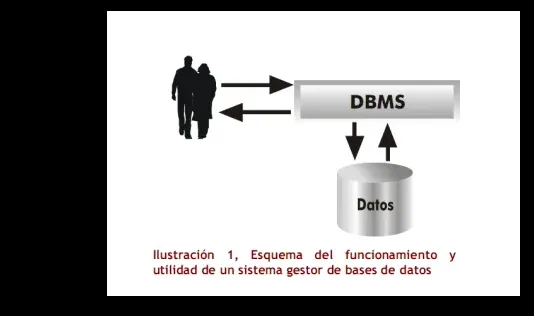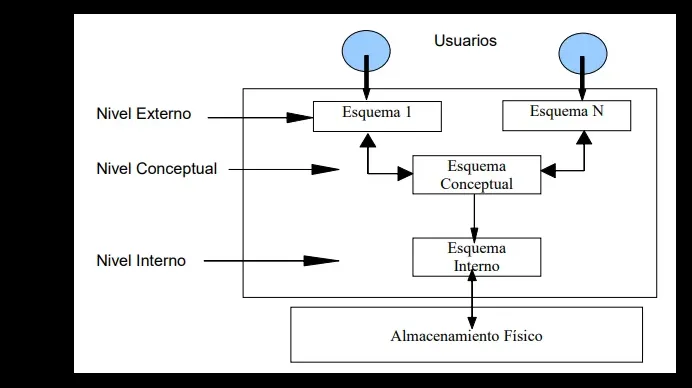DBMS Fundamentals
Learn about Database Management Systems, their components, and architecture.
Types & Components
Explore different types of DBMS and their essential components.
Architecture
Understanding the three-level architecture and data independence.
Users & Tools
Different types of database users and available management tools.
Introduction
A Database Management System (DBMS) is a software package designed to store, manage, and facilitate access to databases. When data in an information system is stored in a single structure, it’s called a database.
Components of a Database System
Machines where databases are stored
Include mass storage units for this purpose
The database management system
Application that enables database handling
Includes stored data
Metadata (data describing what’s stored)
End users: Use applications that work with database data
Developers: Create programs that provide database views
Administrators (DBAs): Manage maintenance, security, and performance of the database
Database administrators (DBAs) play a crucial role in:
Database creation and maintenance
Security management
Disaster recovery
Performance optimization
Query control and statistics
DBMS Objectives
The main objectives of a DBMS include:
Providing tools for data creation and specification
Managing physical structure in storage units
Offering data manipulation tools
Ensuring disaster recovery capabilities
Enabling backup creation
Managing database communications
Supporting external data schema applications
Facilitating database installation
Enabling data import/export
Advantages of DBMS
Data Independence
Data Coherence
Data Availability
Improved Information Usage
Enhanced Data Processing Efficiency
Reduced Storage Space
Data Security and Integrity
DBMS significantly improves data management efficiency compared to traditional file systems.
Architecture Levels
The ANSI/SPARC architecture defines three levels:
External Level
User views of the database
Partial or transformed data views
Conceptual Level
Global database vision
Defines records, associations, and constraints
Internal Level
Corresponds to files, indexes
Data defined at operating system level
Types of DBMS
Commercial
Paid and Private
Examples:
PostgreSQL
MySQL
MariaDB
SQLite
Apache Derby
Free
Free and Open-Source
Examples:
Oracle
Microsoft SQL Server
IBM DB2
Sybase ASE
Microsoft Access
This documentation is community-maintained. If you find errors or want to contribute, please visit our GitHub repository .


